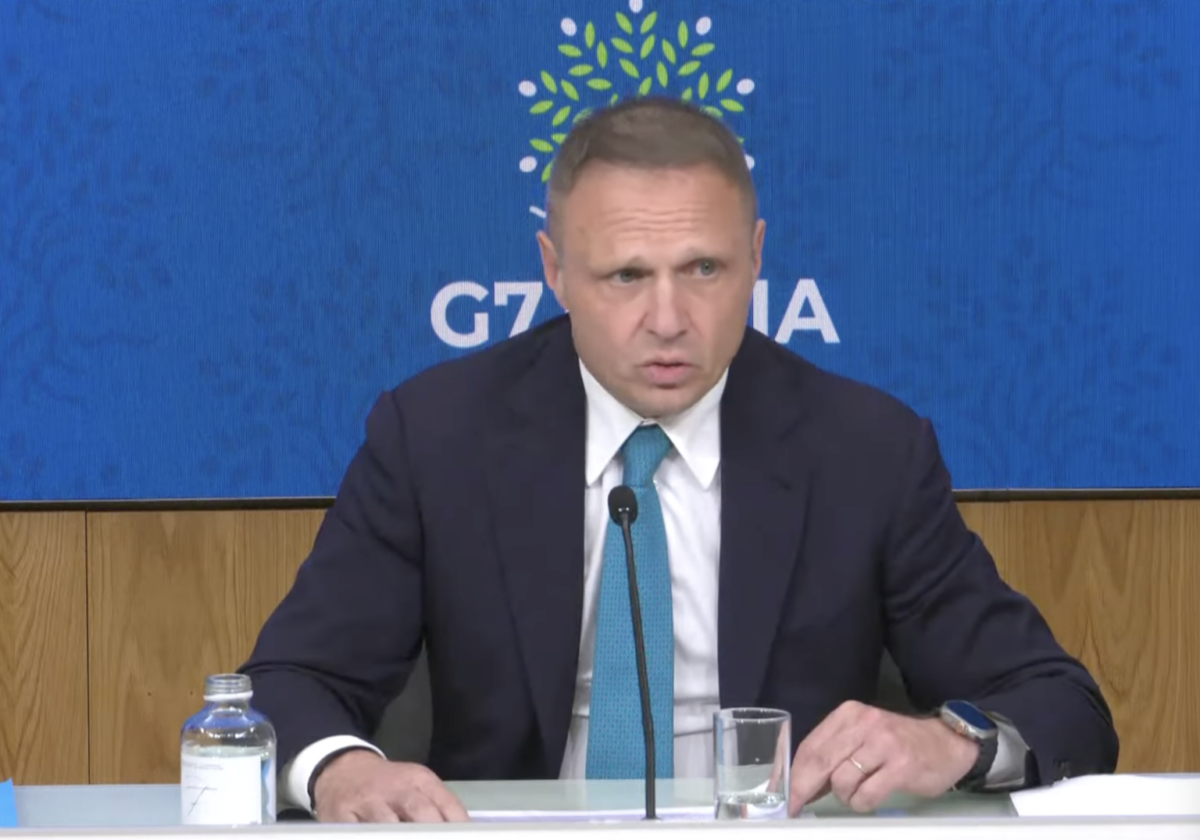From pv magazine Italy
The Italian government has issued a new decree that prohibits the deployment of large-scale solar plants on productive agricultural land. The final aim of the decree is to “avoid desertification” of Italian agricultural land.
“We wanted to regulate the use of photovoltaic panels, and we believe that the land serves to produce and energy production must be compatible with agricultural production,” said Minister of Agriculture Francesco Lollobrigida.
Lollobrigida said that solar plants cannot be installed in agricultural areas.
“There are very advantageous tax provisions for agricultural entrepreneurs and agricultural land,” he stated. “However, if you want to deploy photovoltaic panels on the ground, you are changing the intended use of the same and therefore we do not believe that this type of practice should continue,” Lollobrigida said, noting that the new provisions will not be applied to agrivoltaic facilities.
The government said it will still be possible to continue producing energy in quarries, mines, areas under concession to the state railway, areas under concession to airport concessionaires, areas protecting the motorway strip, and areas inside industrial plants, among others.
Lollobrigida said that the government will safeguard all projects in the process of approval.
“For us, legal certainty applies and therefore the rules are valid for what will happen and not for what has already happened or on which companies have legitimately entrusted their funds or investments,” he said.
The new provisions have already generated criticism from the local PV sector.
“From what we could understand from the press conference at the end of the Council of Ministers, the government has decided to place an unnecessary restriction on photovoltaic installations on agricultural land, disregarding the commitments already ratified,” said Italian trade body Italia Solare in a statement.
This content is protected by copyright and may not be reused. If you want to cooperate with us and would like to reuse some of our content, please contact: editors@pv-magazine.com.



Whether this makes sense is in the detail.
What do you mean “agricultural land”? What about marginal land used for grazing?
How will this encourage agrivoltaics?
Does it make sense to dictate what farmers do with their land?
Will more farmers be impoverished? The best course for farmers has been, is to diversify their income sources, e.g. farm shops, tourism, … and energy production?
Italy has a few hundred thousand square kilometres of empty, flat, sunny, unused terrain all along its East coast, that we call the Adriatic.
Today there are new technologies such as dual PV panels for the production of electricity and solar hot water, which can provide all the same electric solar energy from all the fields, and also provide the solar energy hot water on the same roof area. And all this at the price of a solar thermal hot water collector.
Another great move by the Meloni government that goes hand in hand with the ban on synthetic meat. Decisions like these from national governments disrupt the plans of the World Economic Forum to get rid of agriculture and animal husbandry so we can only eat synthetic food made in their industrial complexes.
Well done Italy! Keep up the good work.
Well Done Italy, !! Thank you for taking a lead on this in our EU. As a sheep farmer the poor quality of grass for grazing even sheep around and about pv solar panels is well known to me. As an enthusiast towards vast arrays of alternative energy solutions, including PV solar whose area’s for same are vast as per Mr. Lollabrigida view- “producing energy in quarries, mines, areas under concession to the state railway, areas under concession to airport concessionaires, areas protecting the motorway strip, and areas inside industrial plants, among others” -we need to.focus attention on the rest such as TES,UTES, with insulated graphite, water, sand, and Low wind speed energy generation, as well as gravitational energy, and use of perennial multi-purpose plants such as Sida h. Rusby for climate friendly agriculture, for biogas, for fuel, ++
About time that someone saw common sense. Italy has many areas that are unsuitable for high production farming so needs to retain the best land for agriculture. Australia on the other hand let’s solar companies wave their wallets and seek the best position regardless of the future loss of production for up to 25 or so years.
Finally, they began to realize that they need to switch to dual-use solar electricity and hot water production on the roofs of residential buildings and any possible structure in urban areas, also, to avoid the need for electricity from distant fields, and to avoid the need for electricity transmission to cities.
Efectivamente, terrenos agrícolas não devem ter este destino.
Mas, como alguém pergunta: as pastagens são terrenos agrícolas? Acho que não. E os terrenos de mato? (servem de pastagem a certos animais (ainda menos).
Mas, como sou absolutamente leigo na matéria tenho de procurar mais fundamentação.